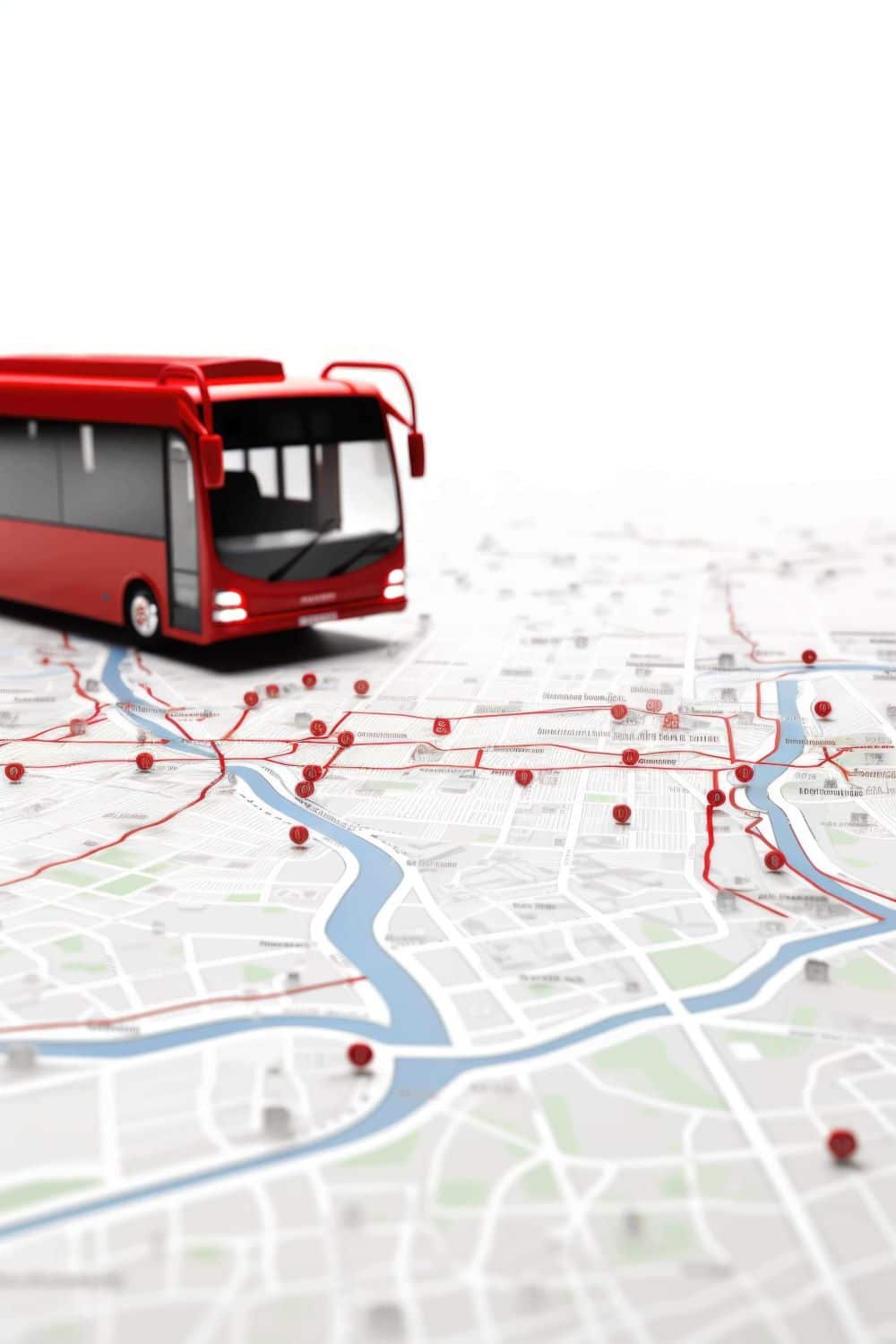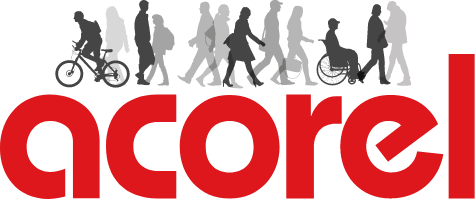Smart technologies encompass a wide range of tools and systems, such as the Internet of Things (IoT), artificial intelligence (AI), and automatic sensors. In public transportation, these technologies are integrated to collect, analyze, and utilize real-time data to optimize operations.
Foundation of smart technologies in public transport
IoT real-time connectivity
The IoT enables the connection of various devices and sensors to the internet, aiming to collect essential real-time data in public transportation. Sensors installed in vehicles, stations, and infrastructures can provide crucial information on passenger flow. This real-time connectivity allows for more proactive flow management, enabling operators to make informed decisions to optimize services and address changing passenger needs.
Route planning
Advanced algorithms powered by AI analyze passenger and traffic data to anticipate and prevent congestion. By using this information, operators can dynamically adjust routes, schedules, and vehicle capacities to meet real-time demand, thus reducing waiting times and potential disruptions.
Intelligent fleet management
Onboard sensors and GPS tracking systems allow operators to monitor the position, speed, and status of vehicles in real time. This enhanced visibility facilitates fleet management, optimizes preventive maintenance, and enables more efficient resource utilization, thereby reducing operational costs.
Transport optimization
Smart technologies also assist in optimizing public transportation infrastructure. For example, video surveillance and passenger flow sensors can detect bottlenecks and congestion points, aiding planners in designing more efficient stations and stops.


Enhanced focus on safety and sustainability
Smart technologies also contribute to enhancing safety and sustainability in public transportation. Advanced surveillance systems using computer vision and video analysis can detect suspicious behaviors and prevent security incidents. Moreover, the implementation of intelligent energy and resource management solutions reduces energy consumption, carbon emissions, and operational costs, contributing to a cleaner and more sustainable environment.
Challenges and opportunities
While smart technologies offer considerable benefits, they also present challenges, such as data protection and cybersecurity. Additionally, their adoption often requires significant investments and collaboration among stakeholders. However, the potential benefits in terms of operational efficiency, sustainability, and urban quality of life justify these efforts.
For more information, click here
